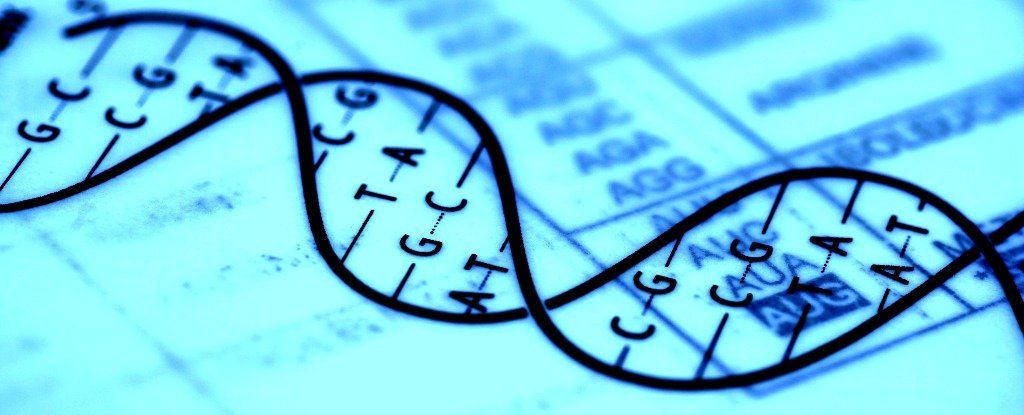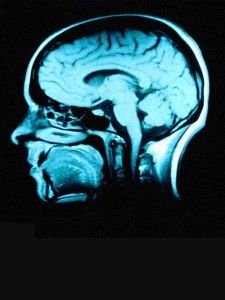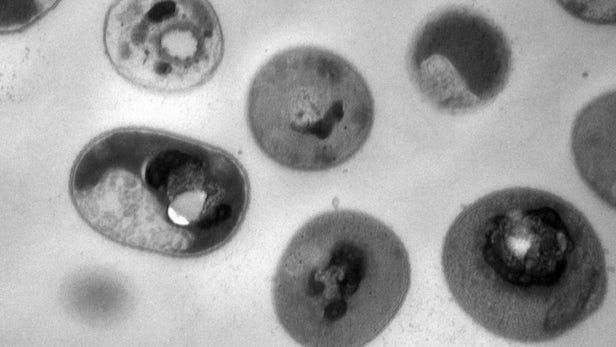
Category: bioengineering – Page 202


Gene Editing Just Got So Precise, Researchers Can Change Single Letters of DNA Code
MhAX, or Microhomology-Assisted eXcision.
Gene editing has the power to completely reshape our world.
It promises everything from fixing the genetic faults that lead to disease, to destroying disease-causing microbes, to improving the nutrition of the foods we eat and even resurrecting extinct species like the wooly mammoth — all largely thanks to the genetic editing tool CRISPR, which has both popularized this work and made it possible.
Now, researchers in Japan have developed a new gene editing technique that uses CRISPR alongside a DNA repair system to modify a single DNA base in the human genome, with what the team’s press release calls “absolute precision.”



Bioquark Inc. — Conferences on Death / Death Reversal — Ira Pastor
Two pivotal conferences on the topic of “death” coming up!!
First at the INSERM Liliane Bettencourt School on March 16–18 will be “Death: From Cells to Societies — Aging, Dying, and Beyond” -
Then, April 11–13 at Harvard Medical School, will be “Defining Death: Organ transplantation and the 50-year legacy of the Harvard report on brain death”
http://bioethics.hms.harvard.edu/annual-bioethics-conference-2018
An important inflection point for all!!


New synthetic polymer kills antibiotic-resistant superbugs from the inside out
A research team composed of scientists from the Institute of Bioengineering and Nanotechnology (IBN) of the Agency for Science, Technology and Research (A*STAR) and IBM Research has produced a new synthetic molecule that can target and kill five multidrug-resistant bacteria. This synthetic polymer was found to be non-toxic and could enable entirely new classes of therapeutics to address the growing problem of antibiotic-resistant superbugs.
The synthetic molecules are called guanidinium-functionalized polycarbonates and were found to be both biodegradable and non-toxic to human cells. Essentially, the positively-charged synthetic polymer enters a living body and binds specifically to certain bacteria cells by homing in on a microbial membrane’s related negative charge. Once attached to the bacteria, the polymer crosses the cell membrane and triggers the solidification of proteins and DNA in the cell, killing the bacteria.
This Lactose Intolerant Man Was Apparently Cured By A DIY Gene Therapy
Biohacking future of avoiding doctors?
This man claims experimental gene therapy cured his lactose intolerance.